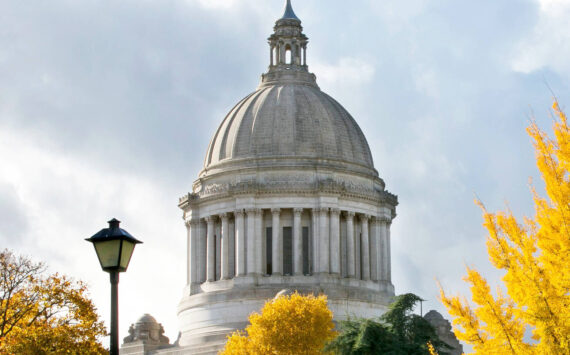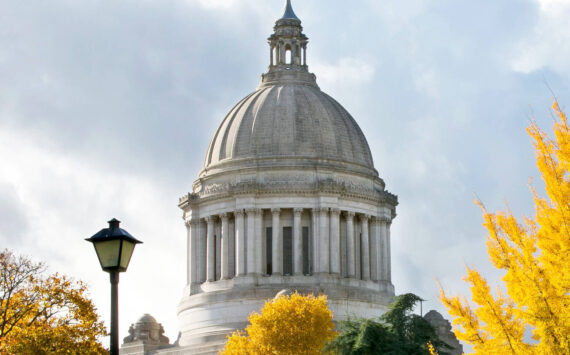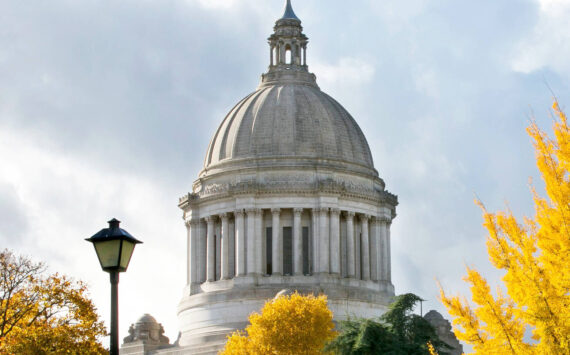The news on recycling is a mixed bag. Although Washingtonians sent a total of 5.3 million tons of waste to landfills last year, they recycled 43 percent of municipal waste, according to new numbers compiled by the state Washington Department of Ecology. At the same time, state residents had success diverting other materials, such as construction and demolition debris, raising the total statewide “recovery” of materials from 47 to 49 percent.
Standard recycling by households and businesses in Washington held mostly steady, at 43 percent in 2006, down just one percentage point from the year before. That accounts for more than 4 million tons of recycled material.
In addition to construction debris, recovered materials included land-clearing debris, agricultural wastes and other organic materials, tires, antifreeze, oil filters and paint. Since these items are not part of the municipal waste stream (households and businesses), they are not calculated into the states municipal recycling rate.
“These numbers tell us people in Washington are responsible about not sending garbage to a landfill where it can harm the environment,” said Laurie Davies, acting manager for the Department of Ecology’s Solid Waste Program. “But we need to think a lot more about not creating waste in the first place. That means thinking about the products we buy, how they’re made and packaged.”
Besides saving landfill space, waste prevention and recycling also are important strategies for reducing greenhouse gas emissions and conserving energy, Davies noted. Washington’s recycling efforts for 2006 reduced greenhouse gas emissions by more than 3 million tons or 1,000 pounds per person. This roughly equates to removing 2.5 million passenger cars from the roadway each year — over half the passenger cars in Washington.
From 2005 to 2006, Washington’s population grew an estimated 1.9 percent, according to population forecasters with the Office of Financial Management. In addition, the amount of garbage produced by each person in the state coincidentally increased by 1.9 percent also in 2006. Combined with the population gain, each person’s contribution to the amount of garbage produced was greater, causing the total amount of waste to increase even more.
Washington residents produced an average of 8 pounds of waste per person each day in 2006, compared to 7.9 pounds a day in 2005.
“Generating more waste is not a new trend, but our agency is putting more thought and effort into how we can bring these numbers down,” Davies said. “Citizens can pay attention to purchasing decisions, especially during the holidays. Some practical things people can do are choosing gifts that offer a service rather than an item that might later be tossed, buying durable products that will last and that use less packaging, and finding opportunities to reuse materials whenever possible.”
Davies said Washington residents can also make a difference by being mindful of waste they produce away from home — when shopping or making food purchases. Workplaces can cut paper waste by relying more on electronic documentation and using recycled paper in copy machines and printers.
Other ways to reduce the amount of waste being sent to landfills include composting food and yard waste, and donating purchased items when finished using them.
A 1989 Washington state law established a statewide recycling goal of 50 percent. By contrast, the latest reported national average is 33 percent. The ultimate goal is not to produce the waste in the first place, Davies said.
State Ecology Report: Washington continues to recycle, but garbage grows
Tags: acting manager for the Department, acting manager for the Department of Ecology's Solid Waste Program, composting, durable products, energy, food, food purchases, greenhouse gas emissions, Laurie Davies, Office of Financial Management, oil filters, paint, reduced greenhouse gas emissions, state law, United States, Washington




